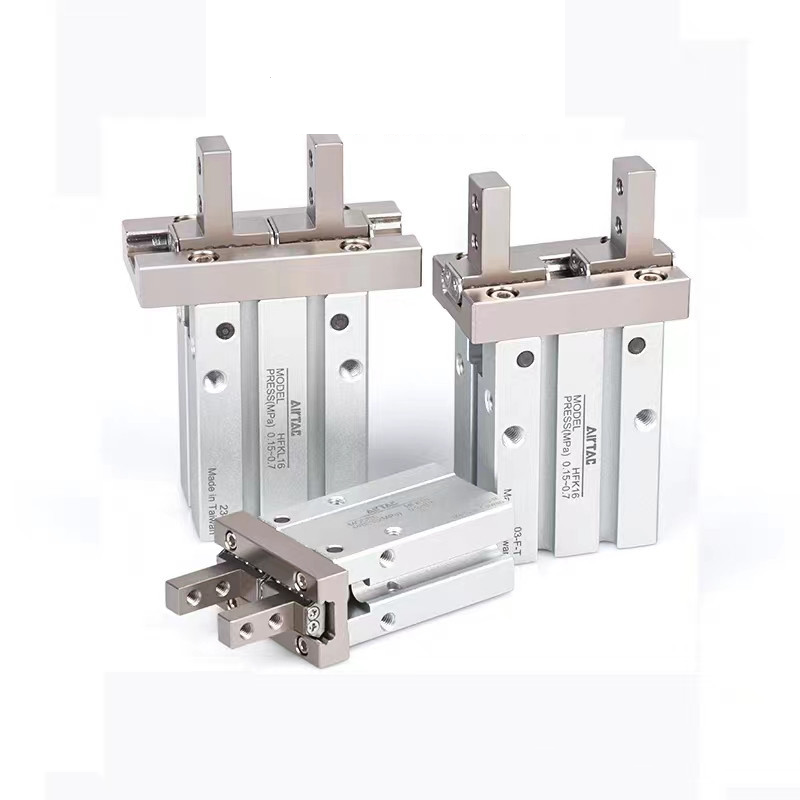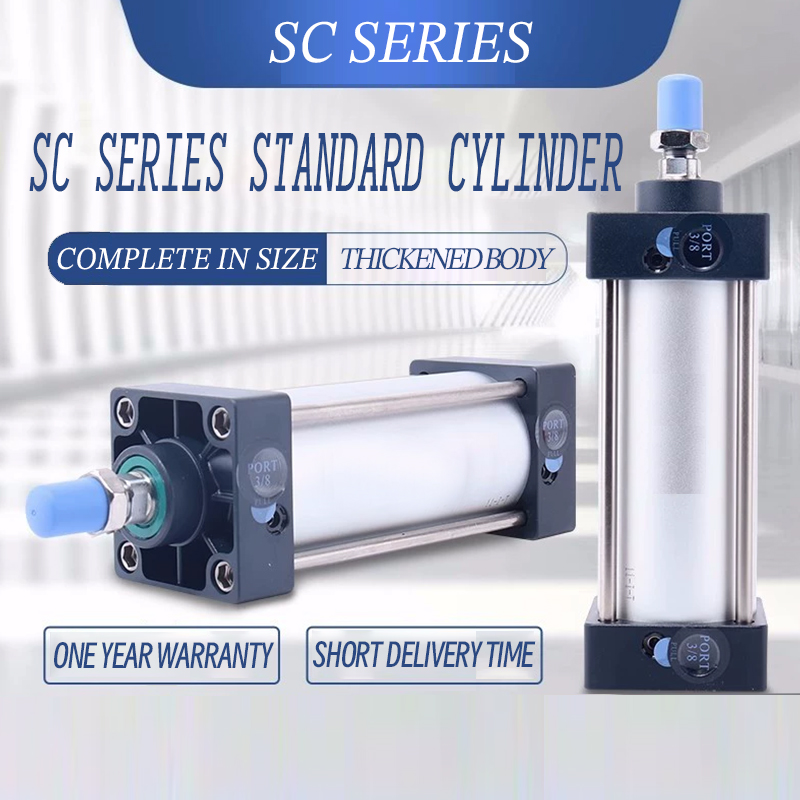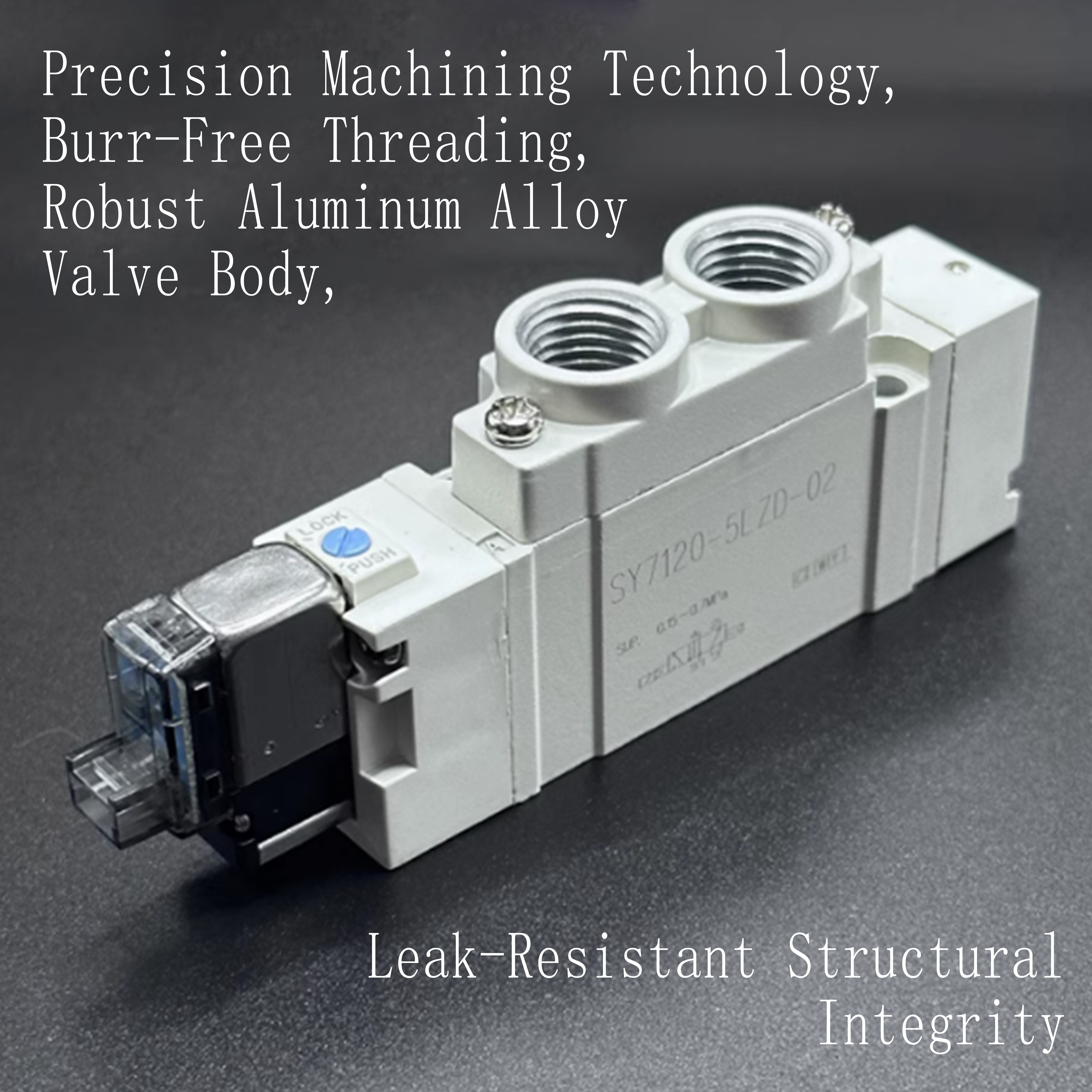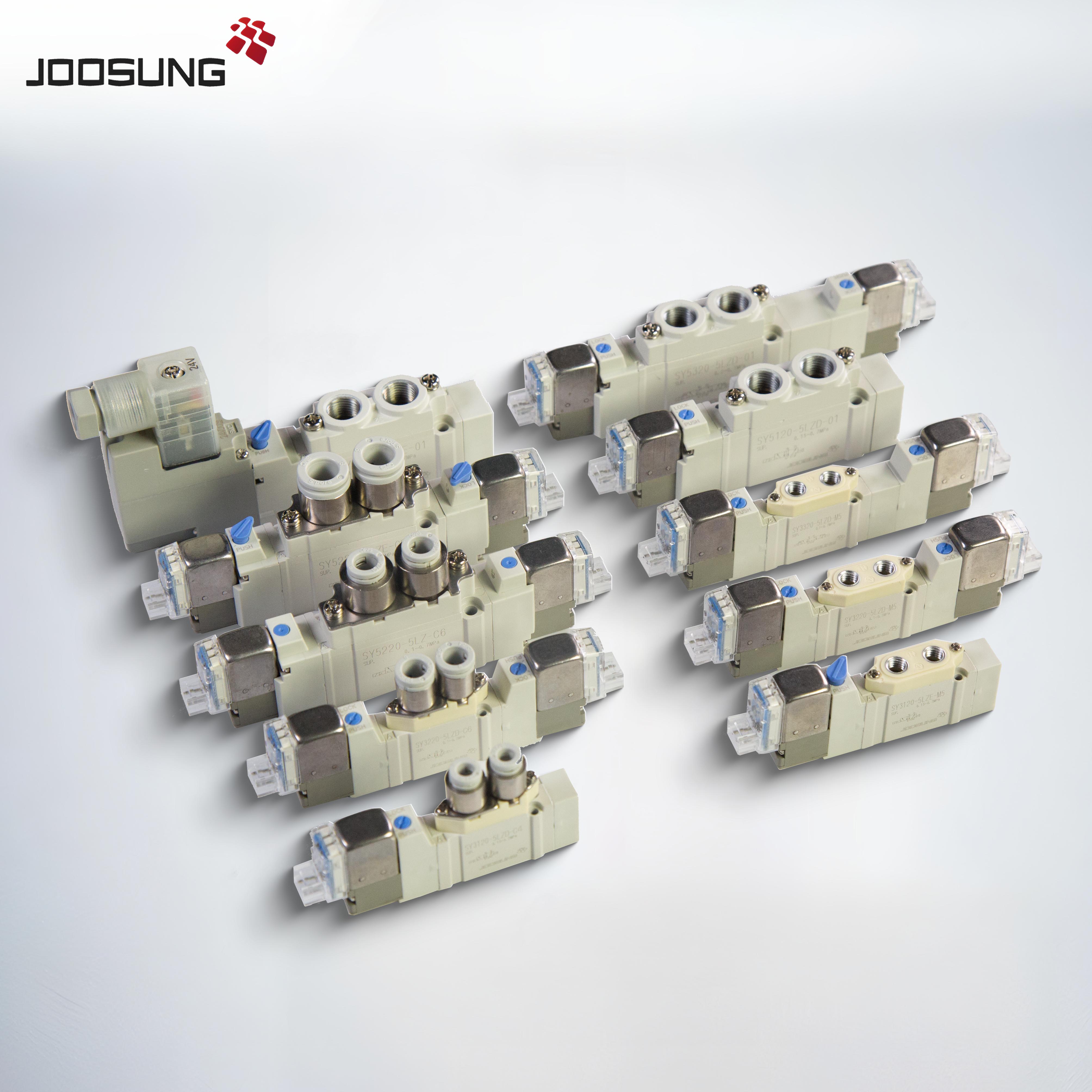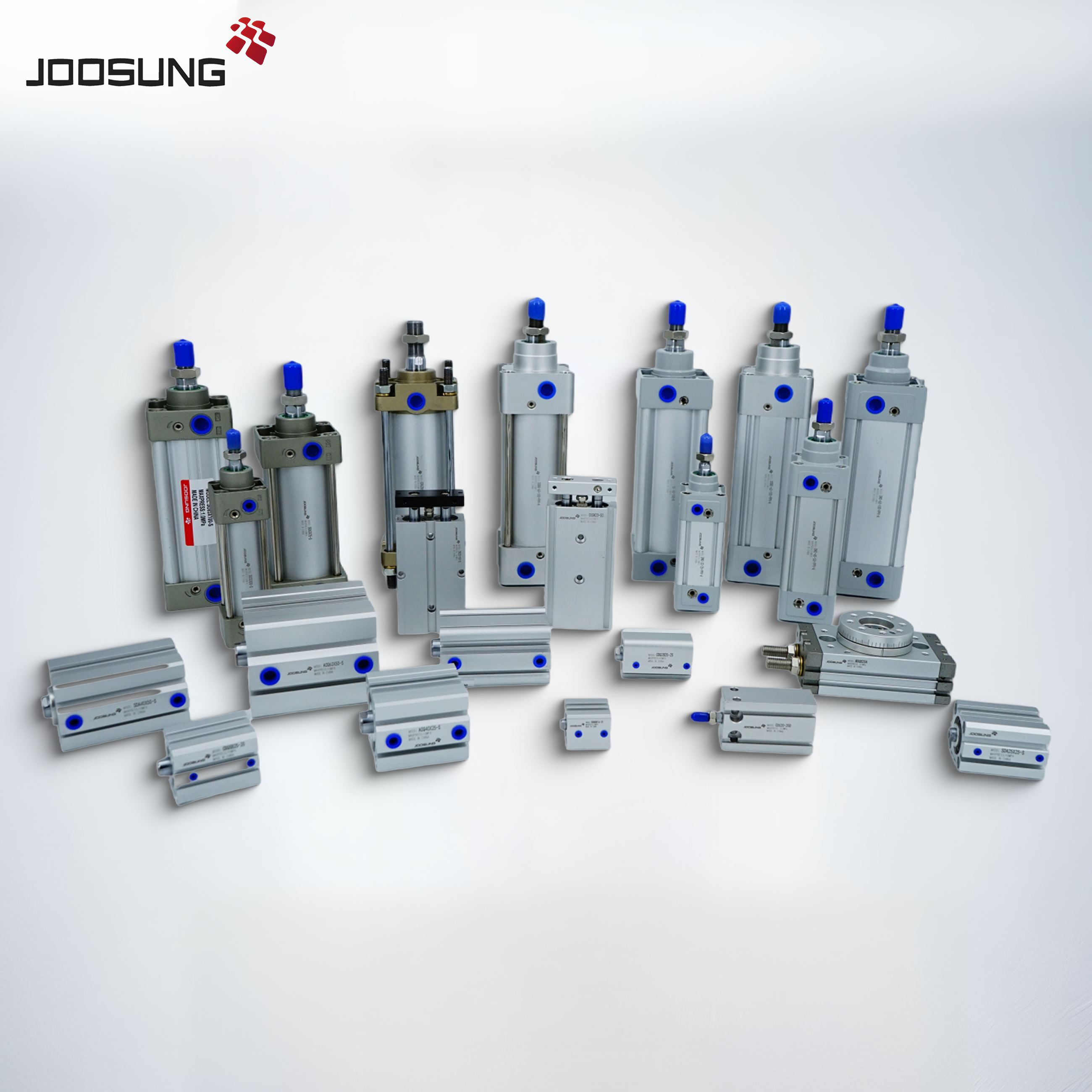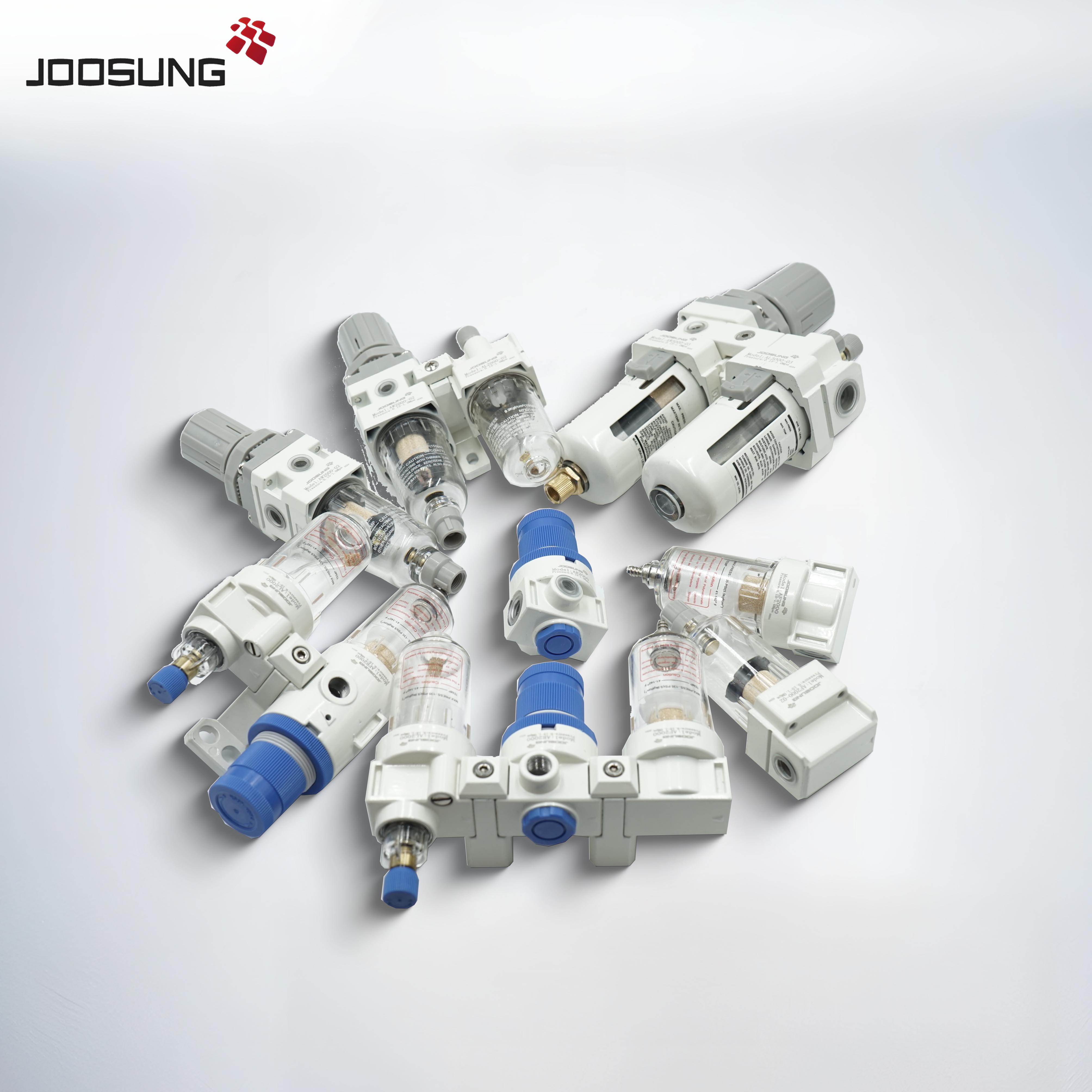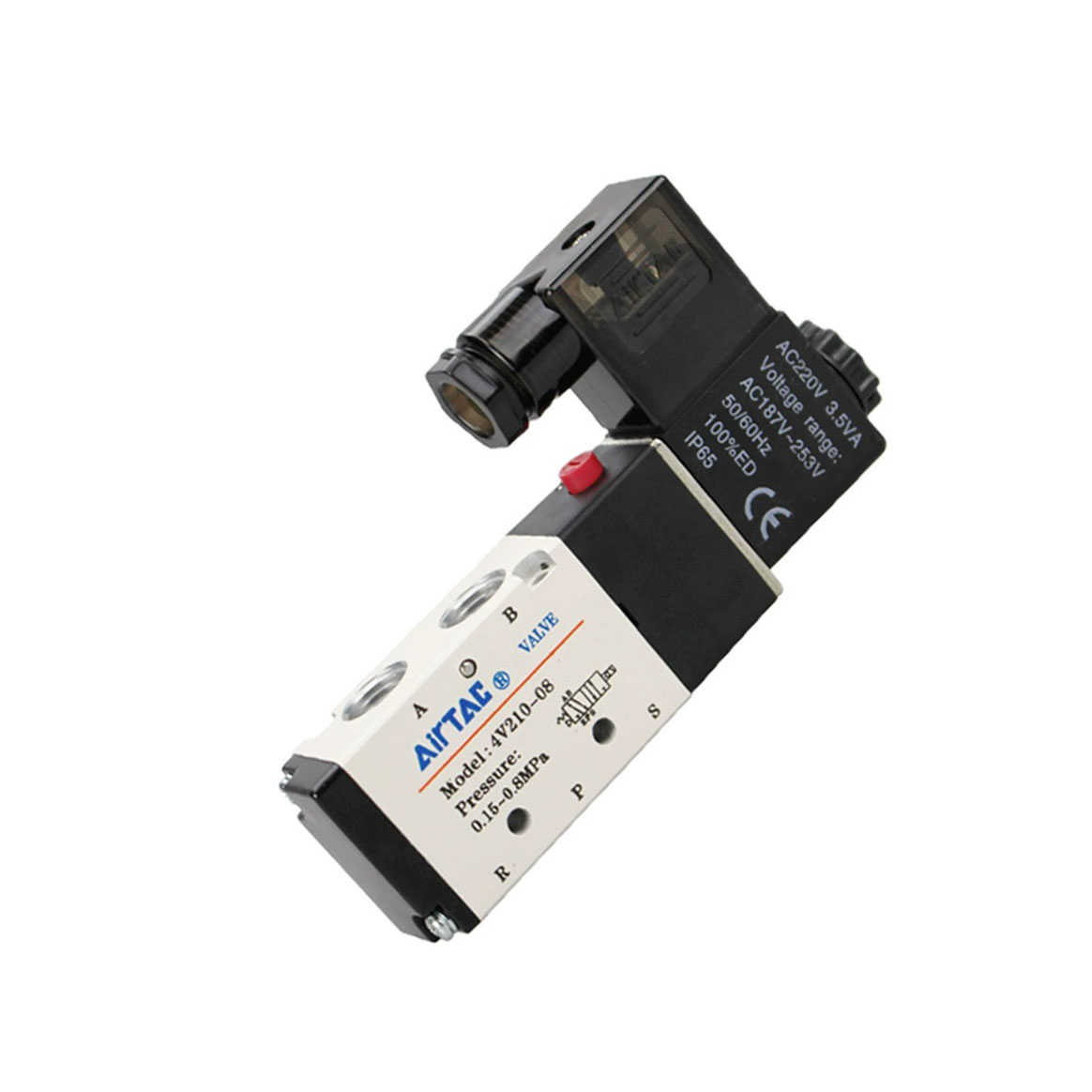
Troubleshooting a DC24V pneumatic solenoid valve involves diagnosing common issues that affect valve performance and systematically checking the valve’s electrical, mechanical, and environmental components. Below is a step-by-step guide to help troubleshoot problems with these valves:
1. Check Electrical Power Supply
- Problem: Valve does not operate (does not open or close).
- Solution:
- Verify Power Supply: Ensure the valve is receiving the correct DC24V power. Use a multimeter to check the voltage across the solenoid terminals.
- Check for Broken Wires: Inspect the wiring for damage, loose connections, or broken wires. If necessary, reconnect or replace damaged wiring.
- Check for Control Signal: Ensure that the control signal is being sent to the solenoid. If the valve is controlled by a PLC, make sure the output from the PLC is working correctly.
- Check the Coil: Measure the resistance of the solenoid coil using an ohmmeter. If the coil is open or shorted, it may need to be replaced.
2. Verify Solenoid Valve Operation
- Problem: The valve doesn’t switch when power is applied.
- Solution:
- Listen for Activation: When power is supplied to the solenoid, listen for a clicking sound indicating the valve's internal mechanism is activating. If you don’t hear this sound, the solenoid may be defective.
- Manual Override: Some solenoid valves have a manual override to allow for physical operation. Try engaging this mechanism to check if the valve moves. If it works manually, the issue is likely with the solenoid or electrical signal.
3. Check the Valve for Blockages
- Problem: Slow or inconsistent valve operation, or failure to completely open or close.
- Solution:
- Clean the Valve: Remove the valve from the system and inspect it for debris, dirt, or other contaminants. If the valve uses a diaphragm or internal seals, these parts can become clogged over time, causing sluggish operation.
- Check Valve Seats: Examine the valve seat and seals for wear or damage. Worn-out or damaged seals can lead to leakage or improper valve operation.
- Flush the Valve: If the system uses air, gas, or liquids that may contain particles, flush the valve with clean air or fluid to clear any blockages.
4. Inspect Pneumatic Connections
- Problem: Leaks or inconsistent airflow.
- Solution:
- Check for Air Leaks: Use a soapy water solution or a leak detector to identify any leaks around the valve’s ports, fittings, or connections. Tighten any loose connections or replace damaged seals.
- Inspect Air Supply Pressure: Ensure the pneumatic system pressure is within the valve’s specified operating range. Low or fluctuating pressure can cause the valve to fail to open or close properly.
- Verify Exhaust: Check the exhaust port for blockages or restrictions. A blocked exhaust can cause the valve to fail to release or cycle correctly.
5. Examine the Valve’s Operating Environment
- Problem: Solenoid valve malfunctions due to environmental factors.
- Solution:
- Temperature Extremes: Ensure the valve is operating within the specified temperature range. If the valve is exposed to extreme temperatures, it may cause damage to seals, internal components, or even the solenoid itself.
- Humidity or Corrosion: If the valve is in a high-humidity or corrosive environment, check for rust or corrosion on the solenoid, coil, or other parts. Corrosion can affect performance and reduce the valve’s lifespan.
- Vibration: Excessive vibration can cause electrical connections to loosen or mechanical components to wear prematurely. If vibration is an issue, install vibration dampeners or relocate the valve.
6. Check the Valve Type and Specifications
- Problem: Valve behaves erratically or operates outside of expected parameters.
- Solution:
- Verify Correct Valve Type: Make sure the solenoid valve is the correct type for the application (e.g., 2-way, 3-way, or 4-way valve). Ensure the valve matches the system requirements (e.g., pressure, flow, and voltage).
- Check Duty Cycle: Some solenoid valves have a duty cycle (the ratio of time the solenoid is energized to time off). If the valve is operated continuously or at a higher duty cycle than it’s rated for, it may overheat or fail prematurely.
7. Inspect for Mechanical Damage
- Problem: Solenoid valve stuck in one position (either open or closed).
- Solution:
- Check for Mechanical Failure: Examine the valve for signs of internal wear or broken components such as springs, diaphragms, or seals. Mechanical failure can cause the valve to get stuck in the open or closed position.
- Actuator or Diaphragm Issues: If the actuator or diaphragm is damaged, it may not function correctly, resulting in improper valve operation. Replace any broken or worn-out internal components.
8. Check for Electrical Interference or Malfunction
- Problem: Intermittent valve operation.
- Solution:
- Check for Electrical Interference: Ensure that there is no electrical noise or interference affecting the control signal to the valve. This could be caused by faulty wiring, electromagnetic interference (EMI), or other electrical equipment in the vicinity.
- Examine the Control Circuit: If the valve is controlled by a PLC or other control system, check the output signals from the control unit to ensure they are functioning properly. Look for wiring issues, faulty relays, or poor connections.
9. Verify the Valve’s Rating
- Problem: Valve failure or inadequate performance.
- Solution:
- Check Rated Pressure and Flow: Ensure the valve’s specifications (e.g., pressure rating and flow capacity) are appropriate for the application. Using a valve that is underrated for your system can result in performance issues or failure.
10. Consider Valve Replacement
- If the valve has reached the end of its expected lifespan (e.g., exceeding 10 million cycles), it may be time to replace it. Some components, such as the solenoid coil, spring, or internal seals, are subject to wear and may not be easily repairable.
Summary Troubleshooting Steps:
- Check Electrical Power (voltage, wiring, coil condition).
- Verify Operation (listen for clicks, manual override).
- Inspect for Blockages (debris, internal contamination).
- Examine Pneumatic Connections (leaks, air pressure).
- Assess Operating Environment (temperature, humidity, vibration).
- Check Valve Specifications (match type and duty cycle).
- Check for Mechanical Damage (worn seals, diaphragm issues).
- Investigate Electrical Interference (PLC or control issues).
- Evaluate Valve Ratings (pressure, flow).
- Consider Replacement if the valve is too damaged or old.
By following these steps, you can systematically identify and fix common issues that cause DC24V pneumatic solenoid valves to malfunction.


